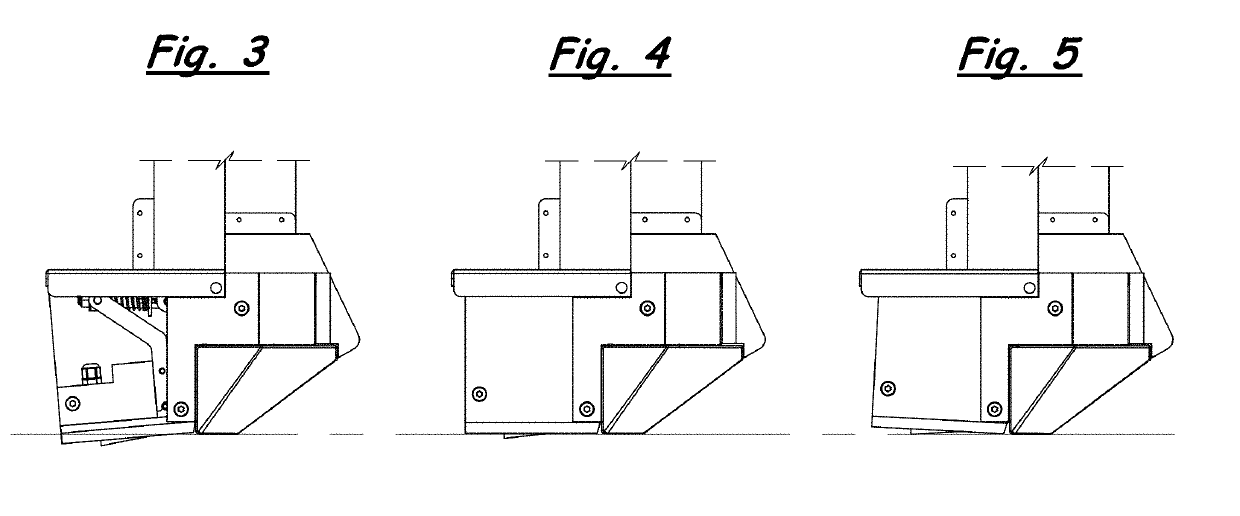System and method for on-the-go measurements of temperature and dielectric properties of soil and other semi-solid materials
- Summary
- Abstract
- Description
- Claims
- Application Information
AI Technical Summary
Benefits of technology
Problems solved by technology
Method used
Image
Examples
Embodiment Construction
[0021]A method and system for measuring soil moisture and soil temperature and other soil properties according to the present invention will now be described in detail with reference to FIGS. 1 to 12 of the accompanying drawings.
[0022]A sensor assembly 10 used in the present invention includes a capacitance sensor 11 for measuring soil moisture (or other properties related to the dielectric constant of a material), and a thermopile temperature sensor 12 for measuring soil temperature at the same depth as the soil moisture measurement. These two sensor technologies are explained below.
Capacitance Sensor
[0023]The present invention uses a capacitance sensor 11 to measure the dielectric or permittivity of a material—that is the ability of a material to store electrical energy. The amount of energy stored relates to the composition of the material. Soil is comprised of Air (dielectric constant=1), minerals (dielectric constant ranges 3 to 8), and water (dielectric constant=80). Because t...
PUM
 Login to View More
Login to View More Abstract
Description
Claims
Application Information
 Login to View More
Login to View More - R&D
- Intellectual Property
- Life Sciences
- Materials
- Tech Scout
- Unparalleled Data Quality
- Higher Quality Content
- 60% Fewer Hallucinations
Browse by: Latest US Patents, China's latest patents, Technical Efficacy Thesaurus, Application Domain, Technology Topic, Popular Technical Reports.
© 2025 PatSnap. All rights reserved.Legal|Privacy policy|Modern Slavery Act Transparency Statement|Sitemap|About US| Contact US: help@patsnap.com



